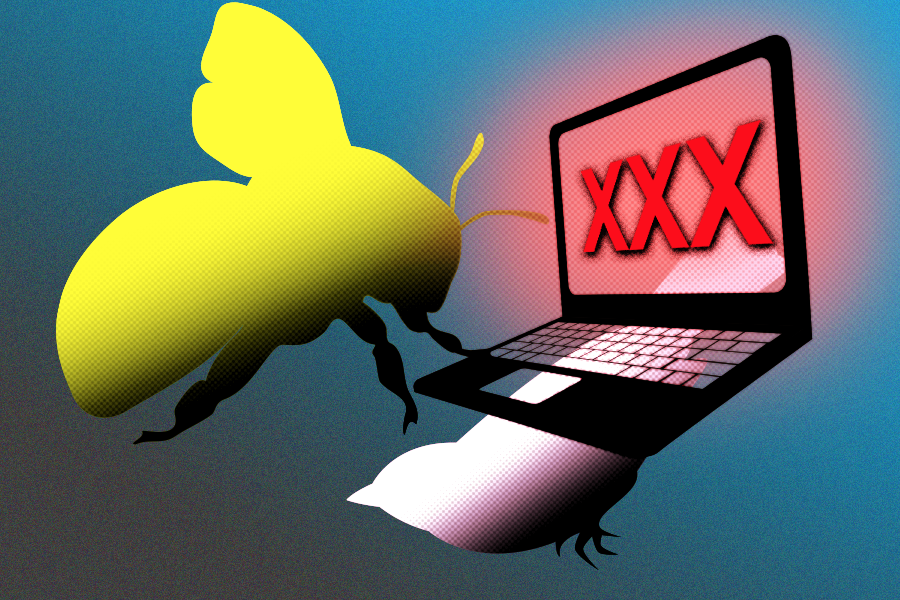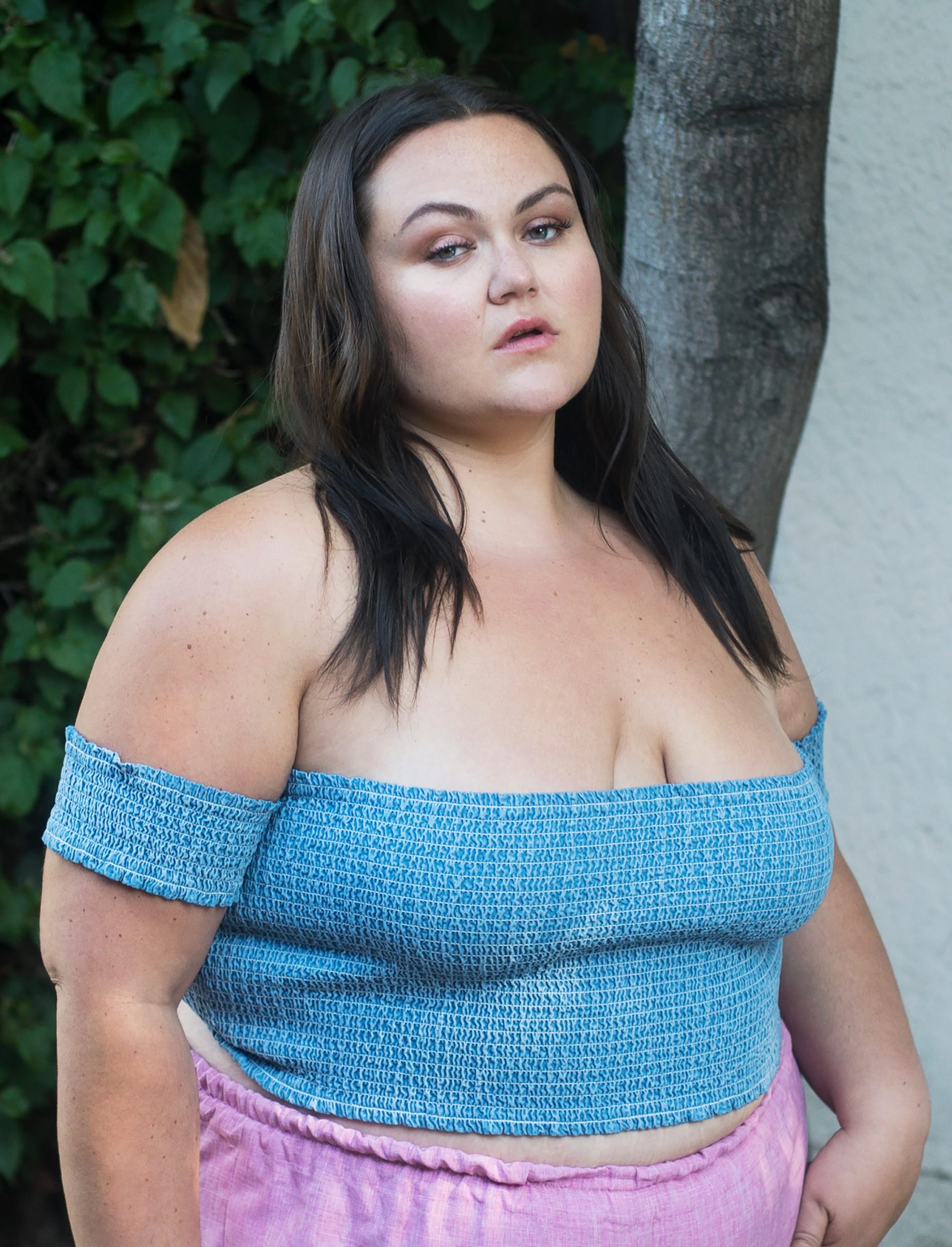In 2018, the talk that precedes the talk is seemingly about porn. It is, after all, more or less everywhere. Which makes it almost impossible not to stumble upon — no matter the vigilance parents practice to prevent their children from consuming it.
And so, what do you say to a kid who’s laid their eyes on a porn scene for the first time?
That conversation — like the conversation around sexting — is essentially brand new, a 21st century parenting problem that those who came before us didn’t have to deal with. Or at least didn’t have to deal with on such a scale. (Once upon a time, porn required either a VHS tape and VCR or a DVD and DVD player, not exactly the kind of electronics you could readily sneak into your bedroom or bathroom like a smartphone.)
None of this, however, is to say that there’s nothing out there on the topic. You just need to know where to look — and who to ask. Hence, the mini-roundtable of sexperts below, each of whom have made explaining porn to tweens and teens a big part of what they teach these days.

David Ley, clinical psychologist, sex therapist and author of Ethical Porn for Dicks: A Man’s Guide to Responsible Viewing Pleasure: Parents need to vaccinate their kids against the potential dangers of pornography. How do they do that? Talk to them. Explain that porn is fantasy, it’s not real life. It makes sex look easy and meaningless. It doesn’t show all the communication, negotiation, planning, integrity and self-awareness that’s required for good sex. Then, it’s their job to explain to their kids what they think good, healthy sex is. If they neglect this job, then they’re abdicating responsibility.
Obviously they don’t have to demonstrate anything or get graphic with their own personal details. What’s important is sharing their sexual values — how they want to treat others and how they want to be treated. That way their kid has a sexual role model.
Above all, don’t shame kids for their sexual feelings or reactions to porn. If that happens, it becomes a secret that the kid is left all alone with. Instead, normalize porn, sexual arousal, curiosity and even the complicated feelings of interest, arousal, fear and disgust. The more children are allowed to have these feelings, the more they’ll be able to ask for help. That should be the ultimate goal. Kids are too young to be able to navigate porn in a healthy way and can only do so if they can talk to a parent about it.
Celina Criss, certified sex coach and dean of students at Sex Coach U: It’s our responsibility as parents to raise aware, empowered youth who have the capacity to be conscious consumers of any media (porn, TV, anything). Being anti-porn doesn’t achieve this. We serve children and youth better by focusing on comprehensive sex education that includes anatomy, physiology, reproduction, contraception, STI prevention, consent and pleasure.
Buck Angel, porn performer, motivational speaker and sex and wellness entrepreneur: Most porn was never intended to be educational, but there’s no stopping youth from watching, so it’s the way many young people learn about sex now. And while it’s important to teach your kids that most porn is fantasy, more and more porn is being made that does use its platform to educate. I, for example, made a series called Sexing The Transman for this reason. It shows trans men engaging in masturbation and having sex with one another. These videos exhibit transmasculine bodies in sexual ways in the hopes that other trans men can feel more comfortable. Especially for young queers, a new movement is beginning that uses porn platforms for this exact reason — education.
Anne Hodder, a sex educator who, among other things, teaches porn literacy and healthy sexuality to teens and adults: There are many directors who are intentionally making ethical- and education-focused porn in order to serve that need, but the porn that kids are most likely to come across online is what’s found on tube sites, Tumblr, Reddit and other social hubs — the majority of which feature traditional entertainment-centric porn. It’s essential that kids understand that this kind of porn is fiction and what they see on screen is there to entertain and get a rise out of the audience (pun intended, I suppose). Also: That the people engaging with one another are paid professional performers who communicate consent and set boundaries with one another off-camera, practice self-care including getting regular STI screenings and spend time preparing before the scene begins — all things that we don’t see once the cameras are rolling and all important parts of a healthy non-professional sexual relationship.
We don’t watch Jackie Chan movies to learn martial arts, right? We don’t enjoy the Fast & Furious because they teach us how to drive. And we don’t treat action movies as though they’re true-crime documentaries. Remind kids to treat porn like they would any other fictional movie then — it’s fun to watch and inspires an emotional/physical response, but what they see on screen (unless it’s specifically education-focused!) isn’t an accurate depiction of how sexual relationships exist in real life.
Porn literacy is an essential part of sexuality education, and there are plenty of resources available for parents who aren’t sure where to start. Scarleteen.com is a great site made for teen viewers; programs like Start Strong offer support groups in different cities in the country; and Planned Parenthood has a strong network of educators and counselors available to provide unbiased, accurate sexual health information.
In other words, if this is something you don’t feel comfortable talking to your kids about, there are definitely other resources out there for you.

